Yuxue Ren
Global Parameterization-based Texture Space Optimization
Jun 06, 2024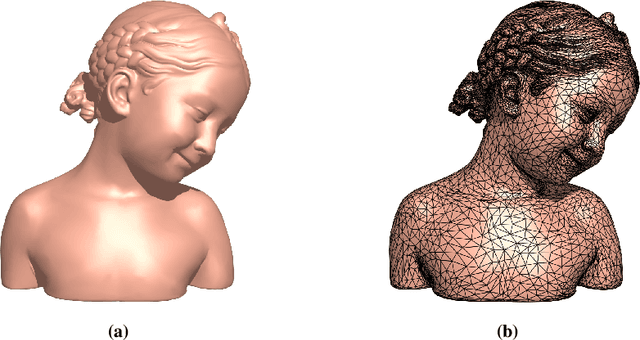

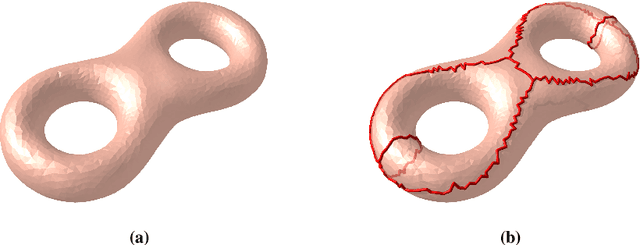

Abstract:Texture mapping is a common technology in the area of computer graphics, it maps the 3D surface space onto the 2D texture space. However, the loose texture space will reduce the efficiency of data storage and GPU memory addressing in the rendering process. Many of the existing methods focus on repacking given textures, but they still suffer from high computational cost and hardly produce a wholly tight texture space. In this paper, we propose a method to optimize the texture space and produce a new texture mapping which is compact based on global parameterization. The proposed method is computationally robust and efficient. Experiments show the effectiveness of the proposed method and the potency in improving the storage and rendering efficiency.
Global Consistent Point Cloud Registration Based on Lie-algebraic Cohomology
Aug 15, 2022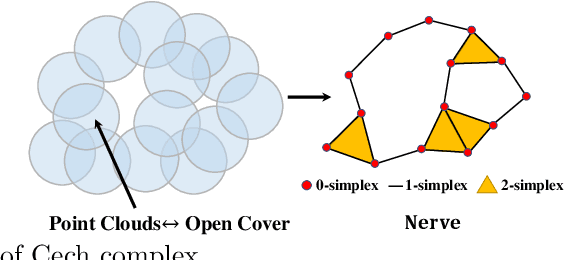
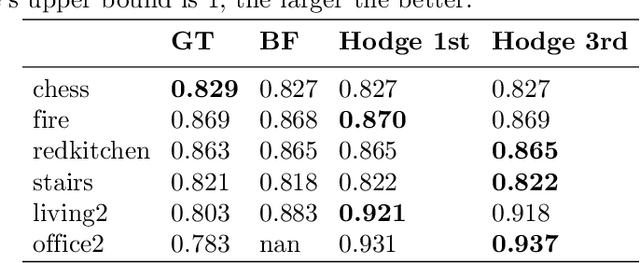
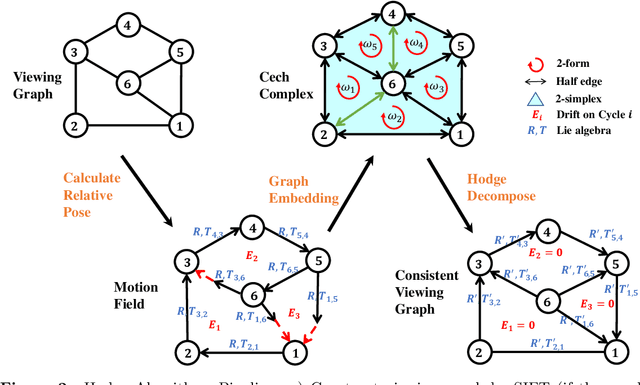
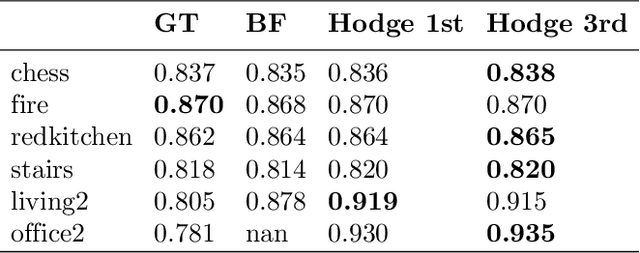
Abstract:We present a novel, effective method for global point cloud registration problems by geometric topology. Based on many point cloud pairwise registration methods (e.g ICP), we focus on the problem of accumulated error for the composition of transformations along any loops. The major technical contribution of this paper is a linear method for the elimination of errors, using only solving a Poisson equation. We demonstrate the consistency of our method from Hodge-Helmhotz decomposition theorem and experiments on multiple RGBD datasets of real-world scenes. The experimental results also demonstrate that our global registration method runs quickly and provides accurate reconstructions.
Ricci Curvature Based Volumetric Segmentation of the Auditory Ossicles
Jun 26, 2020


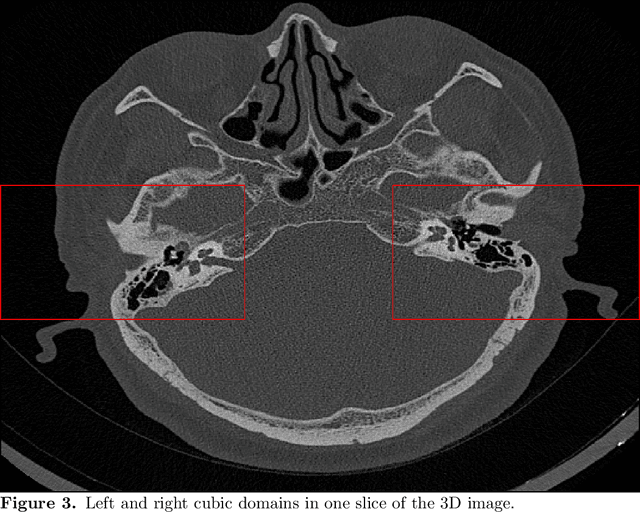
Abstract:The auditory ossicles that are located in the middle ear are the smallest bones in the human body. Their damage will result in hearing loss. It is therefore important to be able to automatically diagnose ossicles' diseases based on Computed Tomography (CT) 3D imaging. However CT images usually include the whole head area, which is much larger than the bones of interest, thus the localization of the ossicles, followed by segmentation, both play a significant role in automatic diagnosis. The commonly employed local segmentation methods require manually selected initial points, which is a highly time consuming process. We therefore propose a completely automatic method to locate the ossicles which requires neither templates, nor manual labels. It relies solely on the connective properties of the auditory ossicles themselves, and their relationship with the surrounding tissue fluid. For the segmentation task, we define a novel energy function and obtain the shape of the ossicles from the 3D CT image by minimizing this new energy. Compared to the state-of-the-art methods which usually use the gradient operator and some normalization terms, we propose to add a Ricci curvature term to the commonly employed energy function. We compare our proposed method with the state-of-the-art methods and show that the performance of discrete Forman-Ricci curvature is superior to the others.
 Add to Chrome
Add to Chrome Add to Firefox
Add to Firefox Add to Edge
Add to Edge